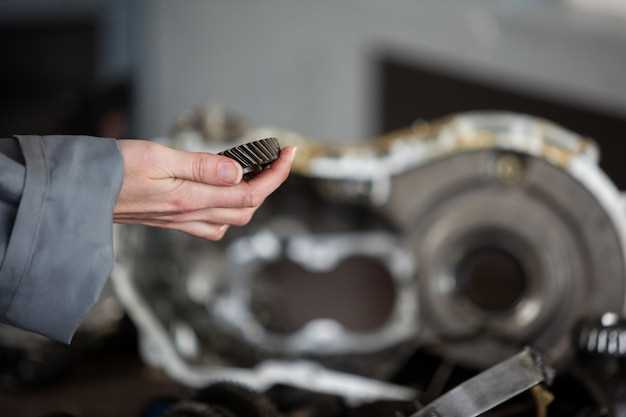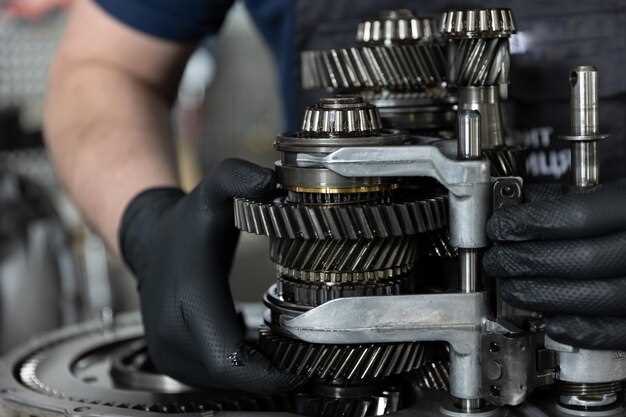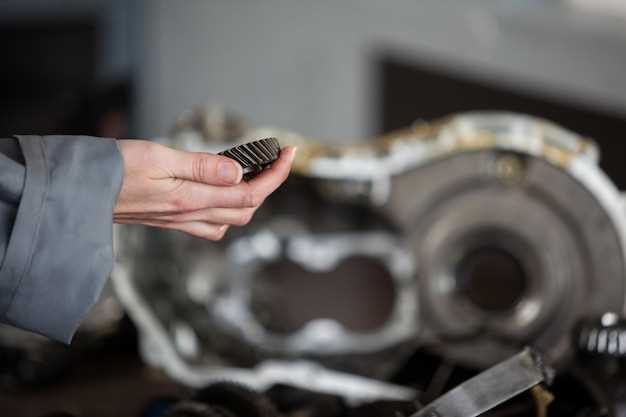
Understanding the intricacies of shifting gears is essential for any driver, whether operating a vehicle with a manual or automatic transmission. The art of shifting is not merely about changing gears; it involves mastering a set of techniques that can enhance performance, fuel efficiency, and overall driving experience. Each type of transmission requires distinct approaches, and recognizing the differences can significantly affect how a vehicle responds on the road.
For drivers of manual transmissions, shifting techniques focus on timing and coordination between the clutch and accelerator. Adopting the right tips for gear changes can lead to smoother transitions, reduce wear on the drivetrain, and improve fuel efficiency. On the other hand, automatic transmission vehicles come equipped with advanced technology that alleviates the burden of gear shifting, yet understanding how to optimize the system can enhance performance during various driving conditions.
This article will dive into the best practices and tips for both manual and automatic transmissions, helping drivers gain confidence in their shifting skills. By exploring proven techniques, drivers will learn how to maximize their vehicle’s capabilities, ensuring a more enjoyable and efficient driving experience.
Mastering Gear Shifting in Manual Transmissions
Effective gear shifting in manual transmissions is crucial for optimal vehicle performance. Mastery of this skill enhances driving enjoyment and efficiency. Understanding the mechanics of shifting involves knowledge of the clutch, gears, and engine RPMs.
When initiating a shift, the driver must depress the clutch pedal fully to disengage the engine from the transmission. This action allows for a smooth transition between gears. Timing and coordination are essential to prevent unnecessary drag, which can lead to increased wear on components and reduced fuel efficiency.
Gear selection directly impacts acceleration and engine performance. Shifting at the right RPM ensures that the engine remains within its optimal power band. For example, shifting too early may cause a drop in power, while shifting too late can cause engine strain or hesitation.
Practicing proper techniques, such as matching engine speed to road speed, can drastically improve the shifting experience. This technique, known as rev-matching, helps synchronize the engine’s RPM with the selected gear, minimizing the likelihood of jolts or stalling.
Additionally, being aware of your surroundings is key when shifting gears, especially in varying traffic conditions. Anticipating the need to shift can lead to smoother transitions and improved safety. Overall, mastering gear shifting in manual transmissions requires practice, patience, and an understanding of both the vehicle’s mechanics and the driving environment.
Optimizing Gear Changes in Automatic Transmissions

Automatic transmissions are designed to provide smooth and efficient gear shifts without driver intervention. However, optimizing gear changes can enhance performance and improve the driving experience. Here are some effective tips for achieving better shifting in automatic transmissions:
- Maintain Proper Fluid Levels: Regularly check and change transmission fluid according to the manufacturer’s recommendations. Clean, adequate fluid ensures smooth gear changes and prolongs the transmission’s lifespan.
- Use the Right Transmission Mode: Automatic vehicles often have different driving modes (e.g., Eco, Sport). Selecting the appropriate mode can optimize shifting behavior based on driving conditions for improved performance.
- Minimize Sudden Acceleration: Gradual acceleration helps the transmission shift gears more smoothly. Avoid rapid throttle applications that can lead to uncomfortable jerking and slippage.
- Address Mechanical Issues Promptly: Listen for unusual noises or feel vibrations during shifting. These signs may indicate underlying mechanical problems that should be diagnosed and repaired immediately.
In addition to the above tips, consider the following methods to further enhance gear changes:
- Engine Load Management: Be aware of the load on the engine. Heavy loads can cause the transmission to work harder, which may affect shifting. Facilitate better performance by managing loads appropriately.
- Tire Maintenance: Properly inflated and aligned tires reduce rolling resistance, allowing the transmission to shift gears more effectively. Regular tire maintenance contributes to overall vehicle efficiency.
- Keep Software Updated: Many modern automatic transmissions use computer controls. Ensure the vehicle’s software is updated to take advantage of any improvements in shifting algorithms.
By implementing these tips, drivers can enhance the efficiency and performance of their automatic transmissions, leading to a more enjoyable driving experience and better fuel economy.
Drag Racing Shifting Tips for Maximum Performance

Achieving optimal performance in drag racing heavily relies on efficient gear shifting techniques. Whether you are using a manual or automatic transmission, mastering these shifting tips can significantly enhance your acceleration times.
1. Understand Your Gear Ratios
Familiarize yourself with your vehicle’s gear ratios. Each gear serves a specific function in maximizing torque and speed. Knowing when to shift is crucial to maintaining momentum.
2. Perfect Your Timing
In drag racing, timing is everything. Shift too early, and you risk losing power; too late, and your RPMs may drop. Focus on the sound of your engine and the feel of your vehicle to determine the optimal shift point. Generally, shifting around the engine’s peak power band ensures maximum performance.
3. Practice Smooth Transitions
Whether using a stick or paddle shifters, aim for smooth transitions between gears. Jarring shifts can lead to loss of traction and power. Practice makes perfect; smoothness can significantly improve your overall acceleration.
4. Utilize Launch Control
If your vehicle is equipped with launch control, use it to your advantage. This feature allows for optimal RPMs at launch, ensuring maximum torque without spinning out. Perfecting launch control techniques can lead to consistent and faster starts.
5. Optimize Shifting Technique for Automatic Transmissions
For automatic transmissions, consider manual mode shifting if available. This gives you control over when to shift gears, allowing for precision that can enhance performance. During a race, avoid using the brake unless necessary, as this can disrupt the shifting sequence.
6. Rev-Matching in Manual Transmissions
Rev-matching is essential for manual transmission drivers to maintain balance during gear changes. Blipping the throttle before downshifting helps match engine speed with gear speed, resulting in smoother shifts and better traction.
7. Maintain Consistency
Consistent shifting is vital for achieving repeatable results. Focus on developing a rhythm that works best for you. Practice consistently and analyze data from your runs to identify areas of improvement.
By implementing these drag racing shifting tips, you can maximize your performance on the track. Remember that practice, understanding your vehicle, and refining your technique are key components to achieving success in drag racing.



